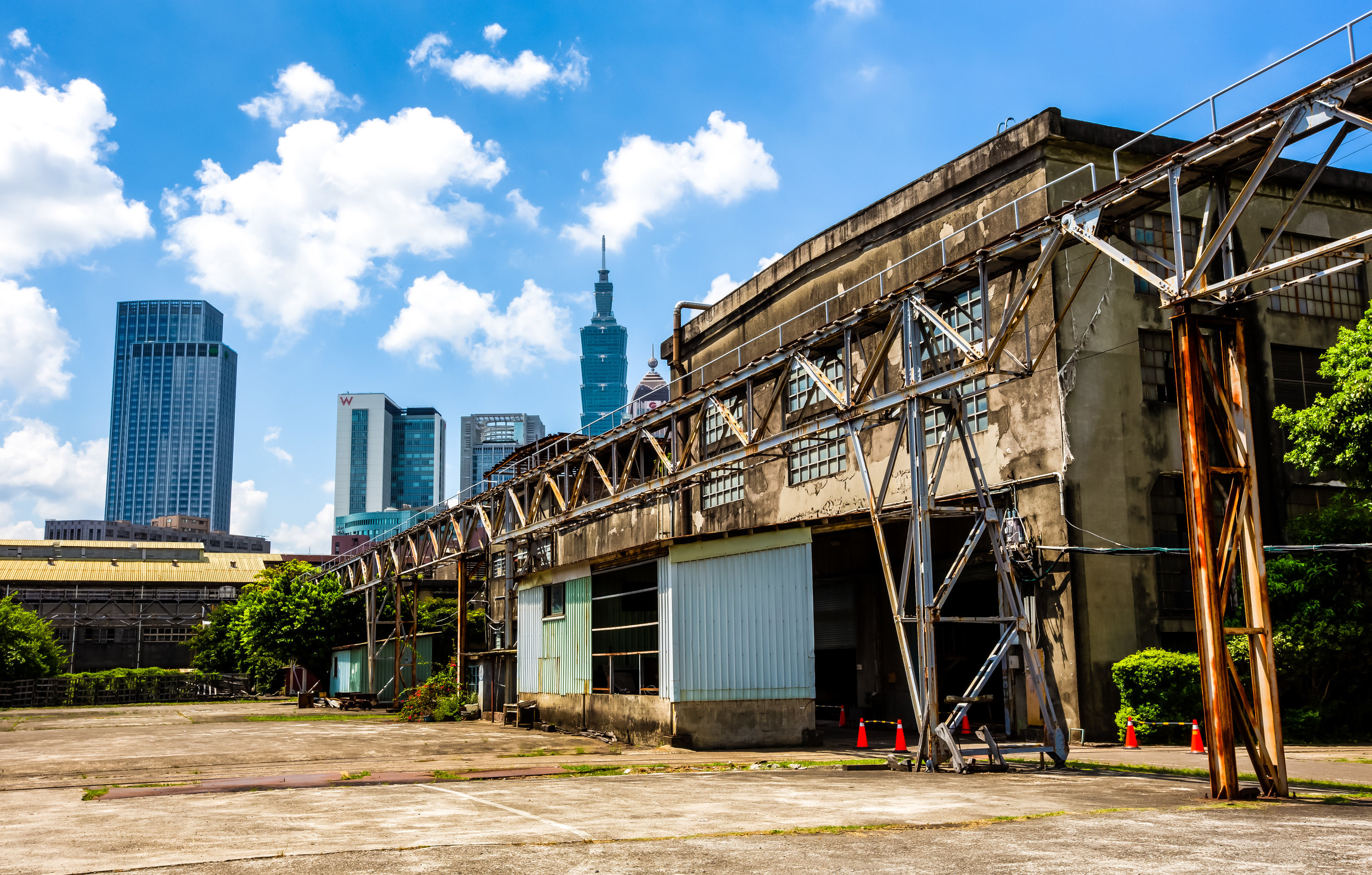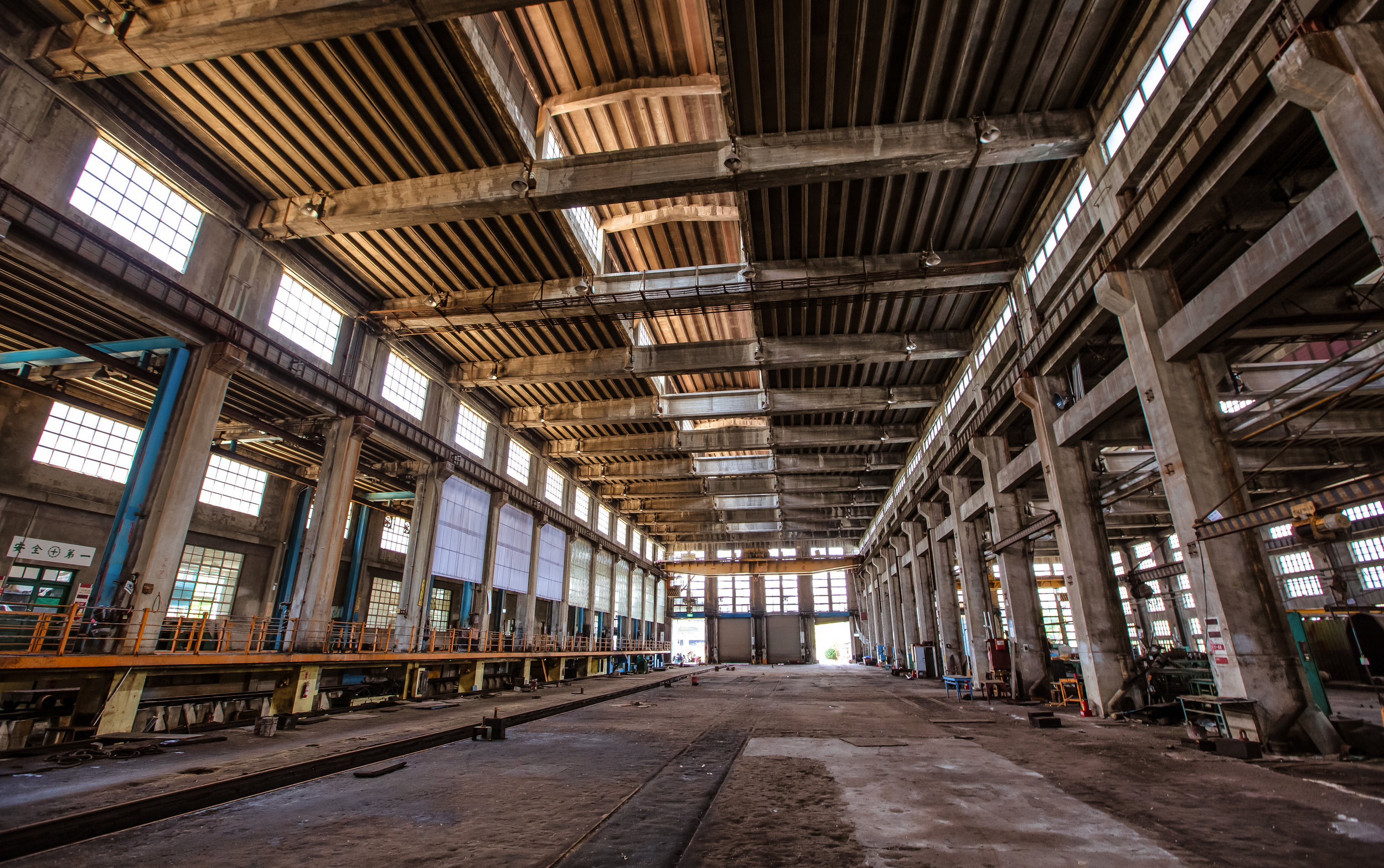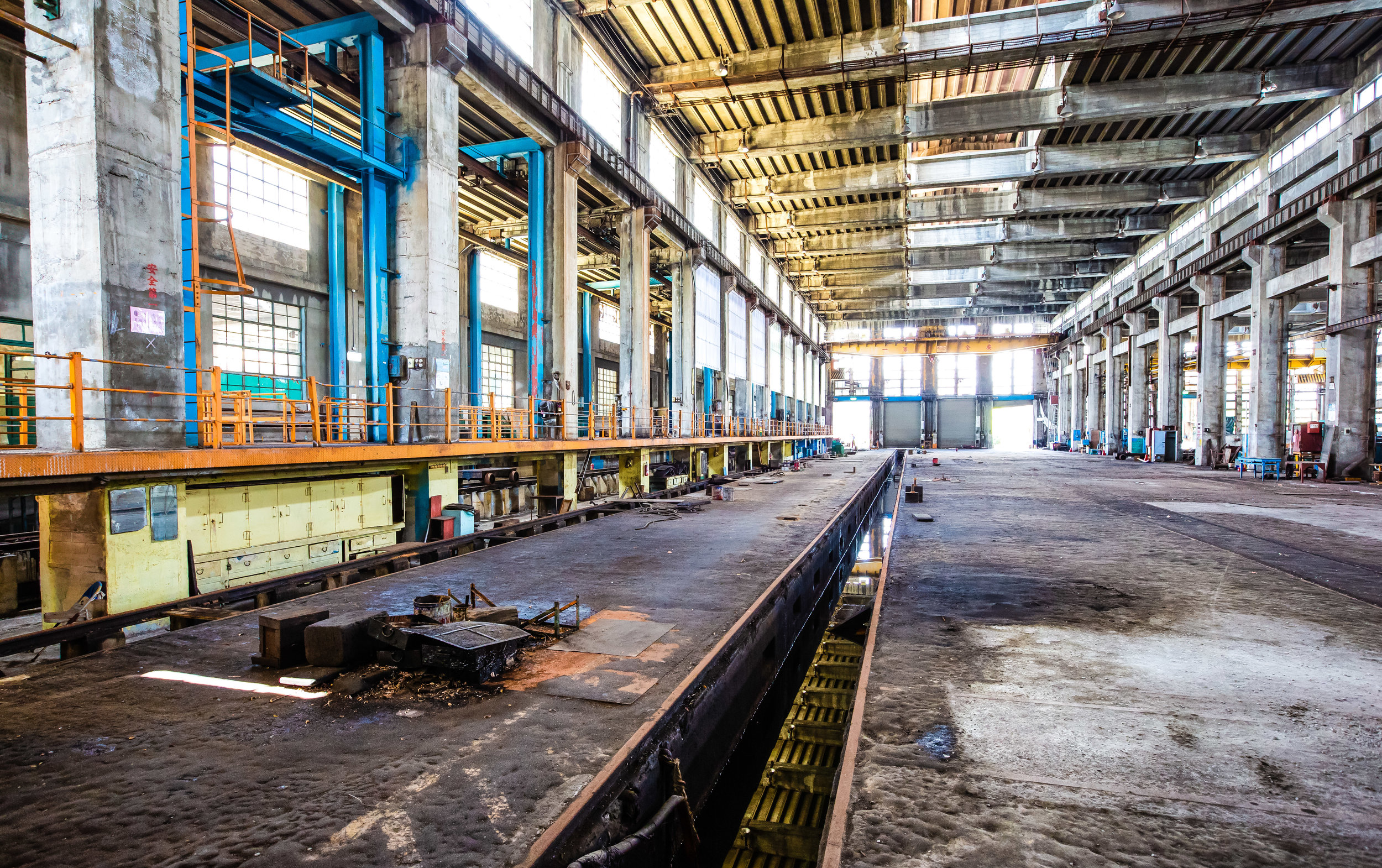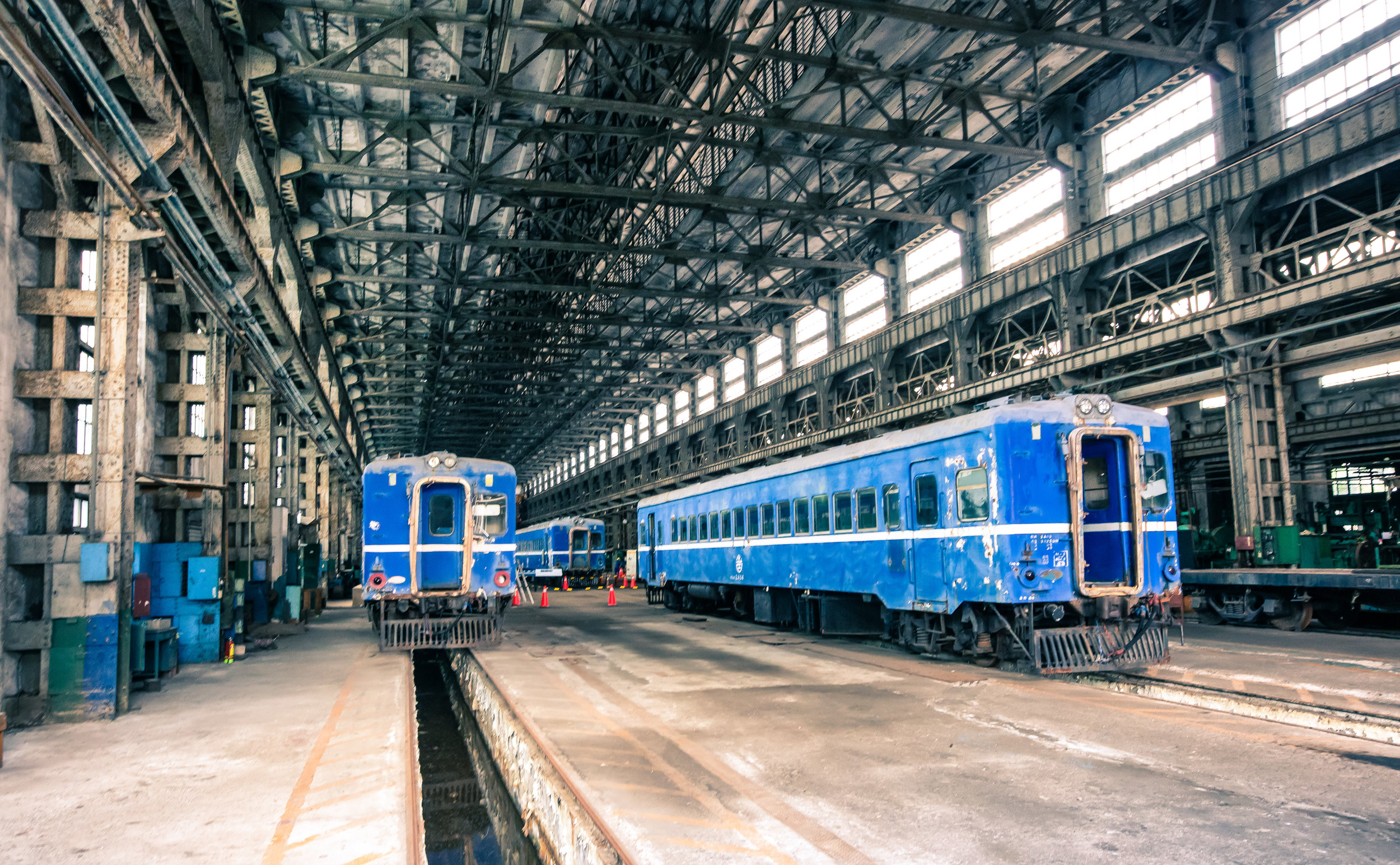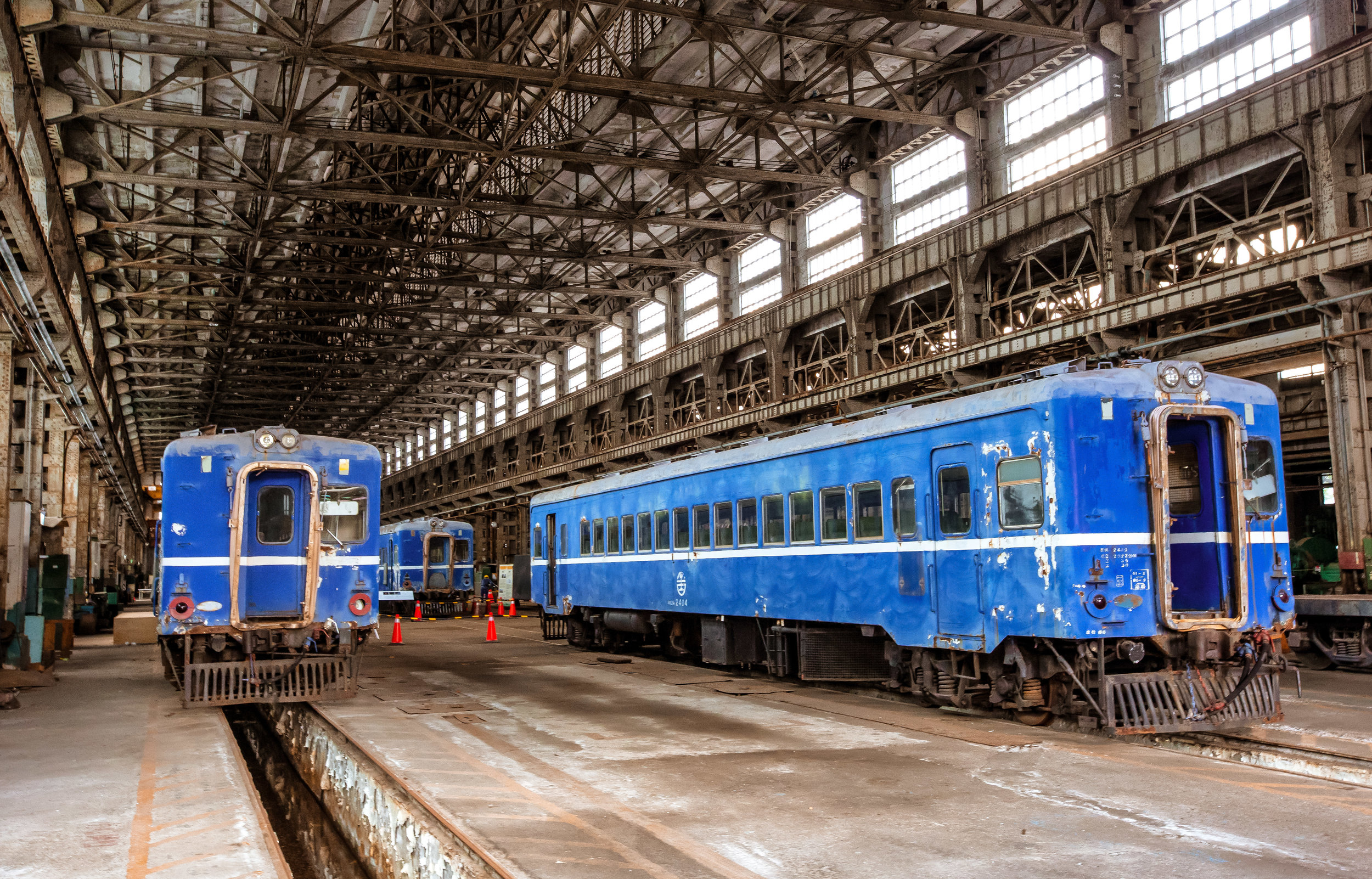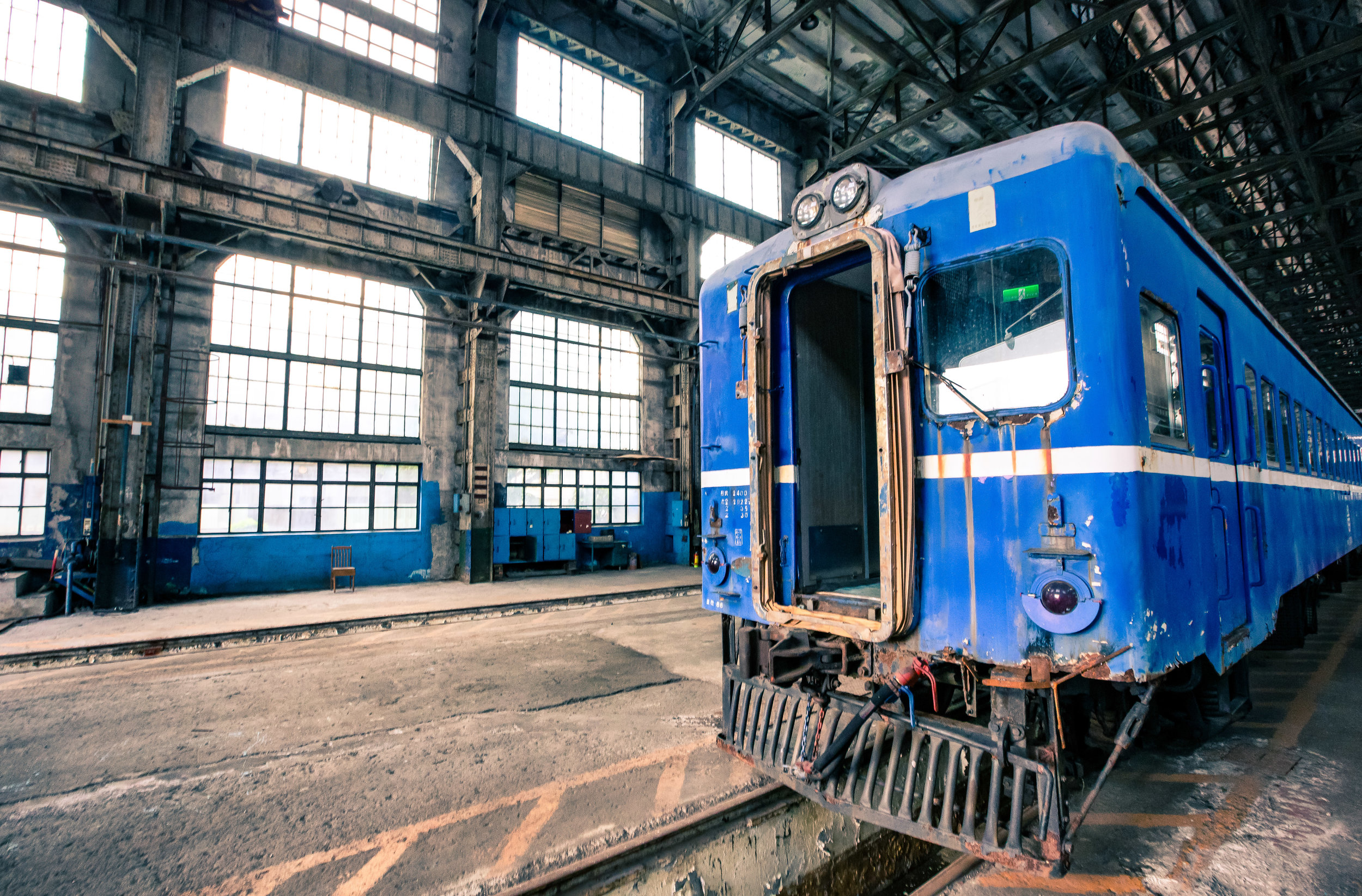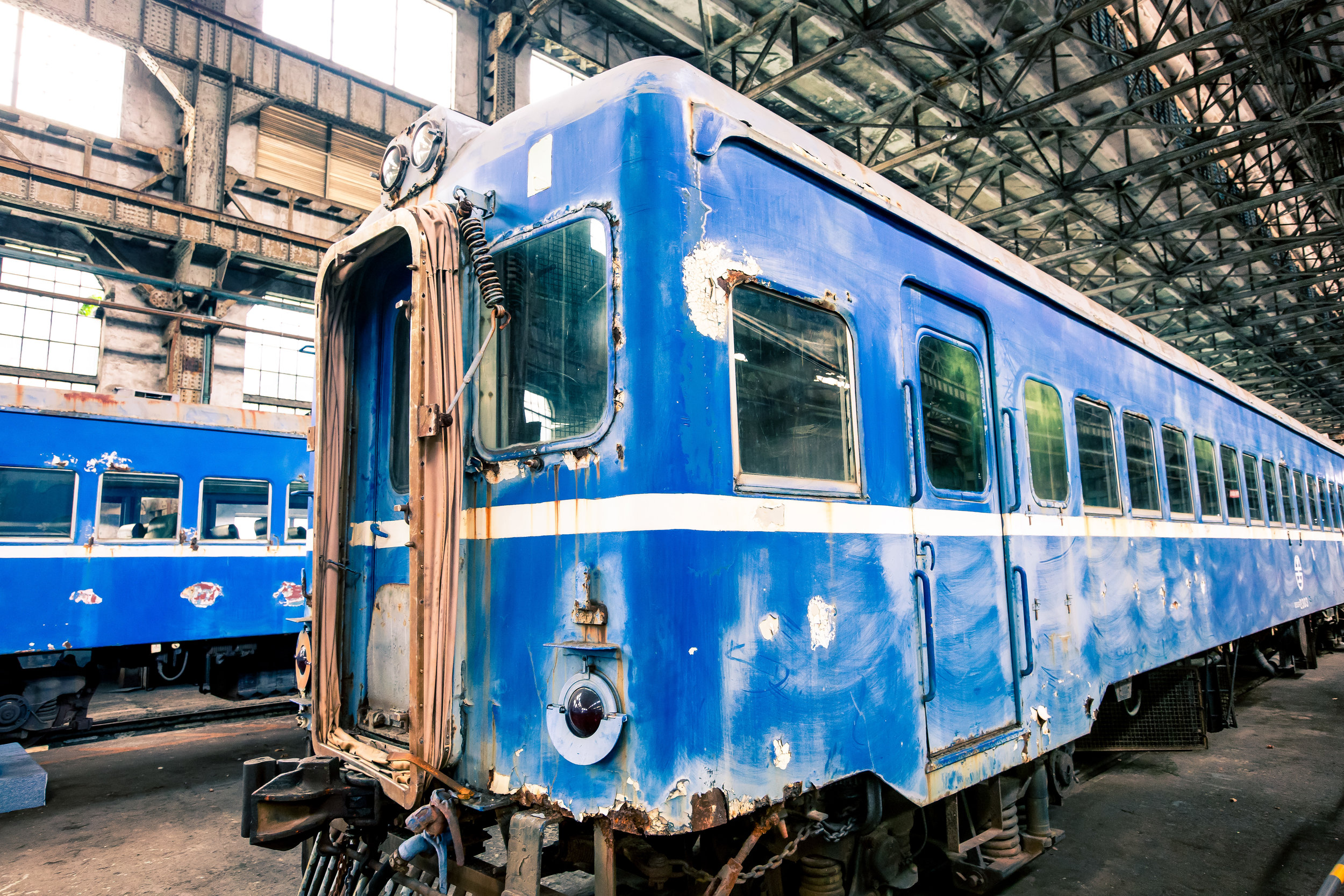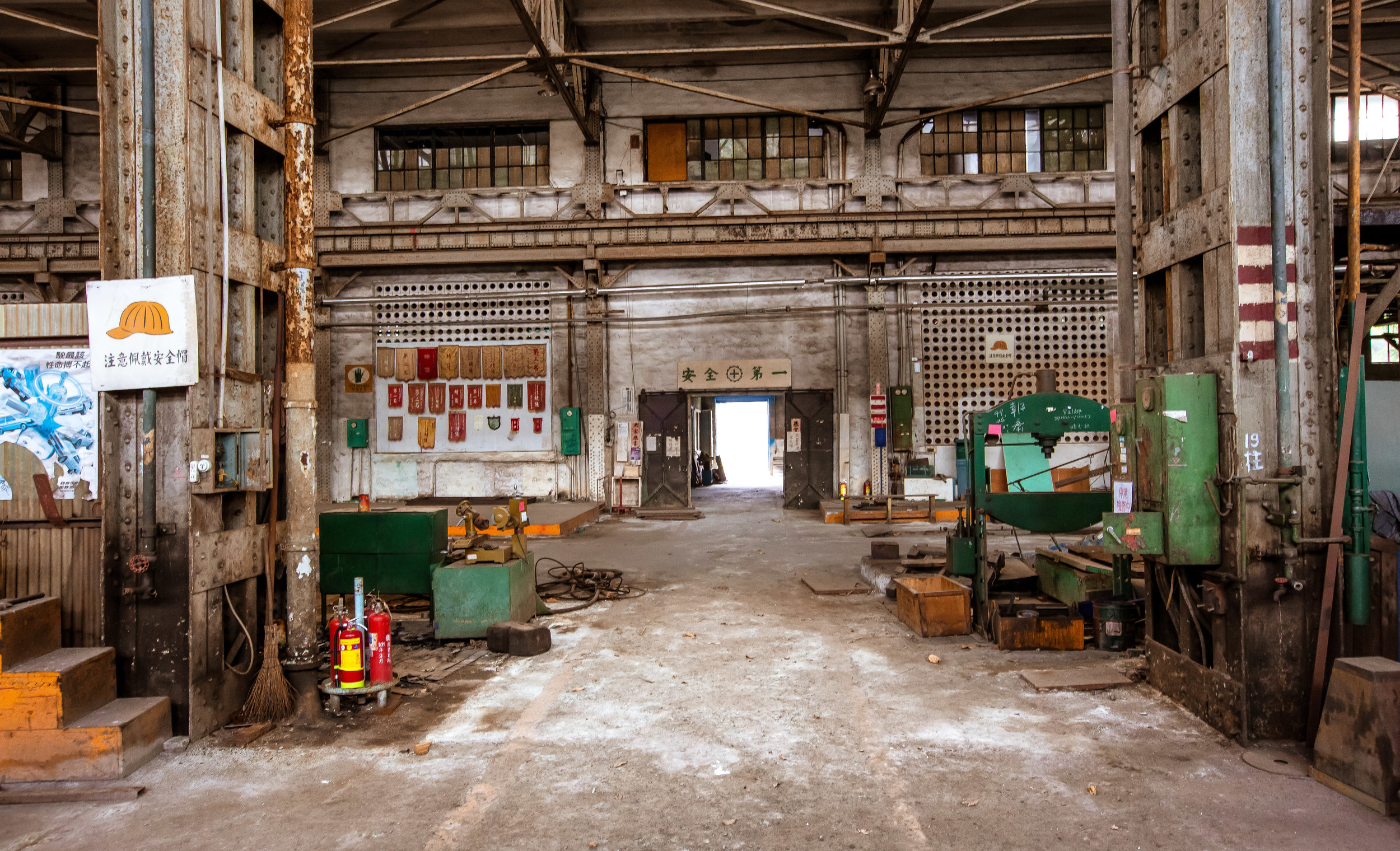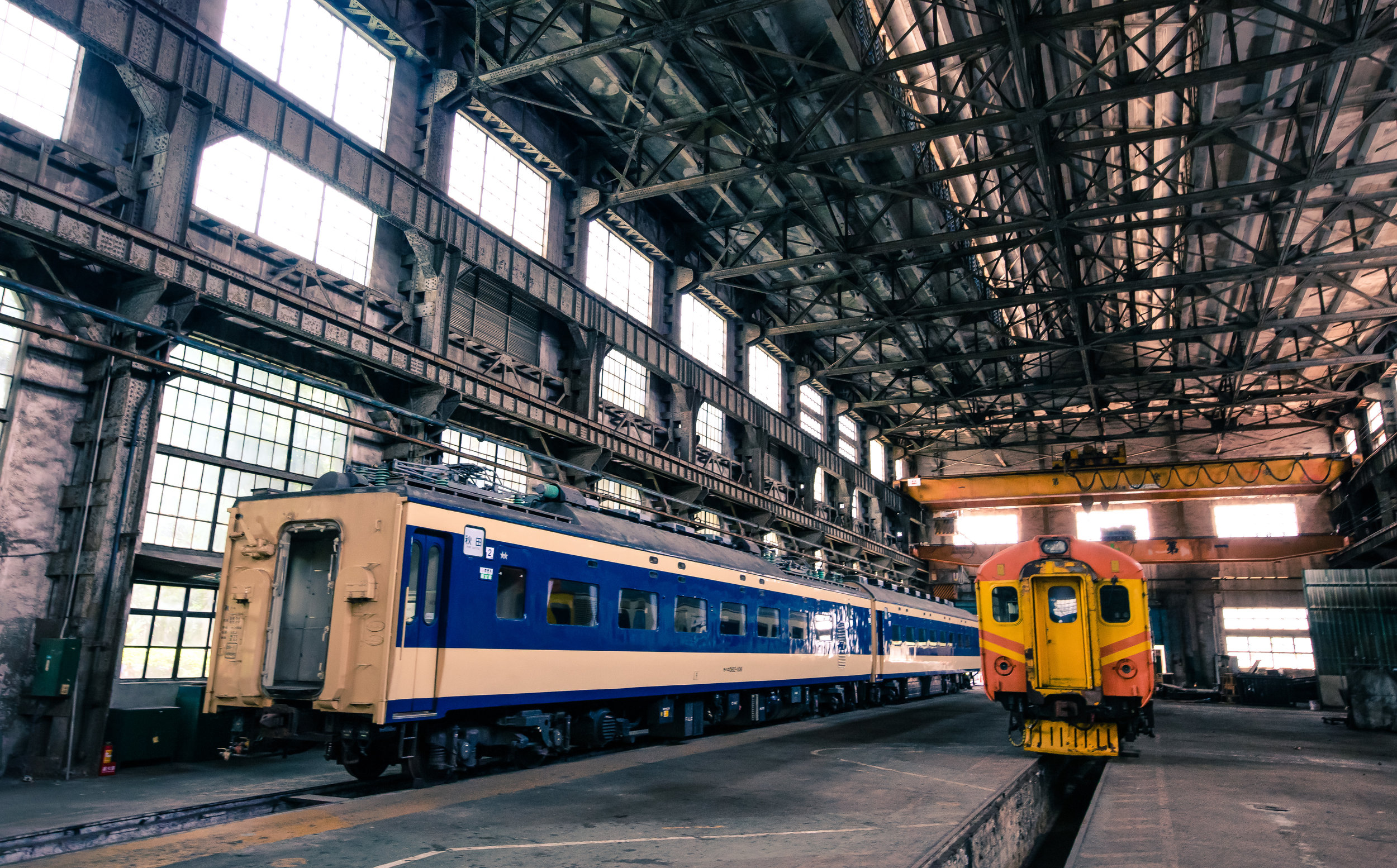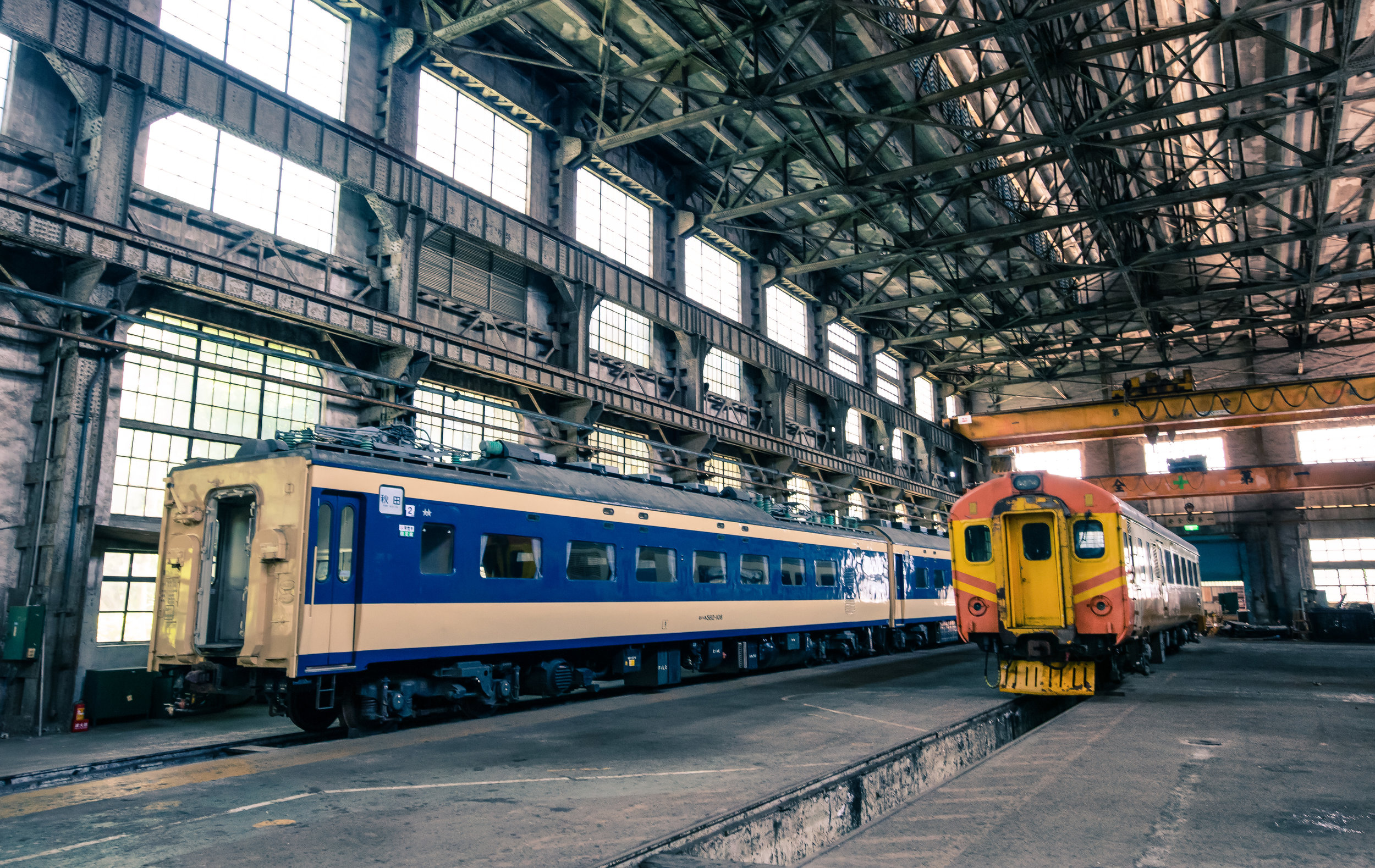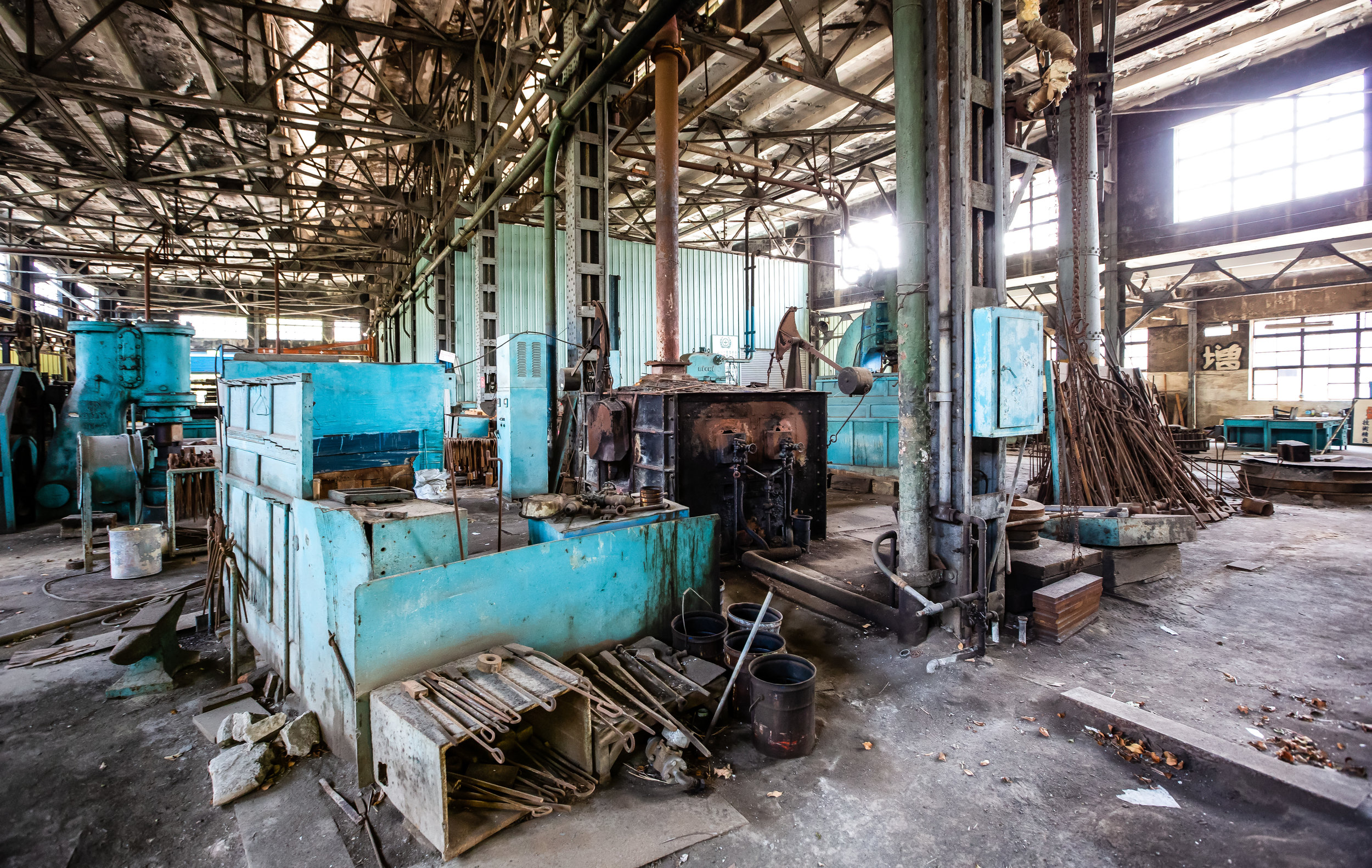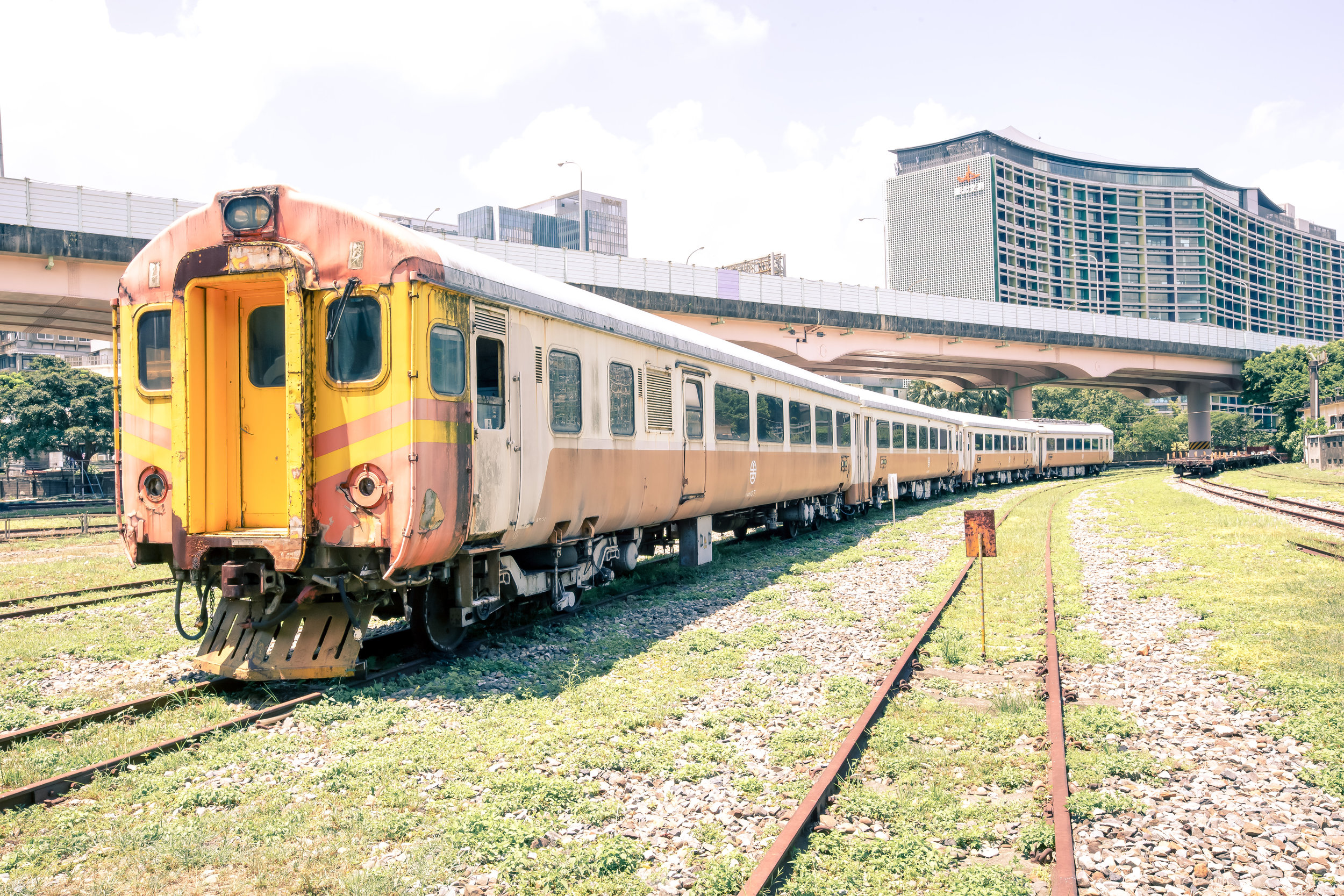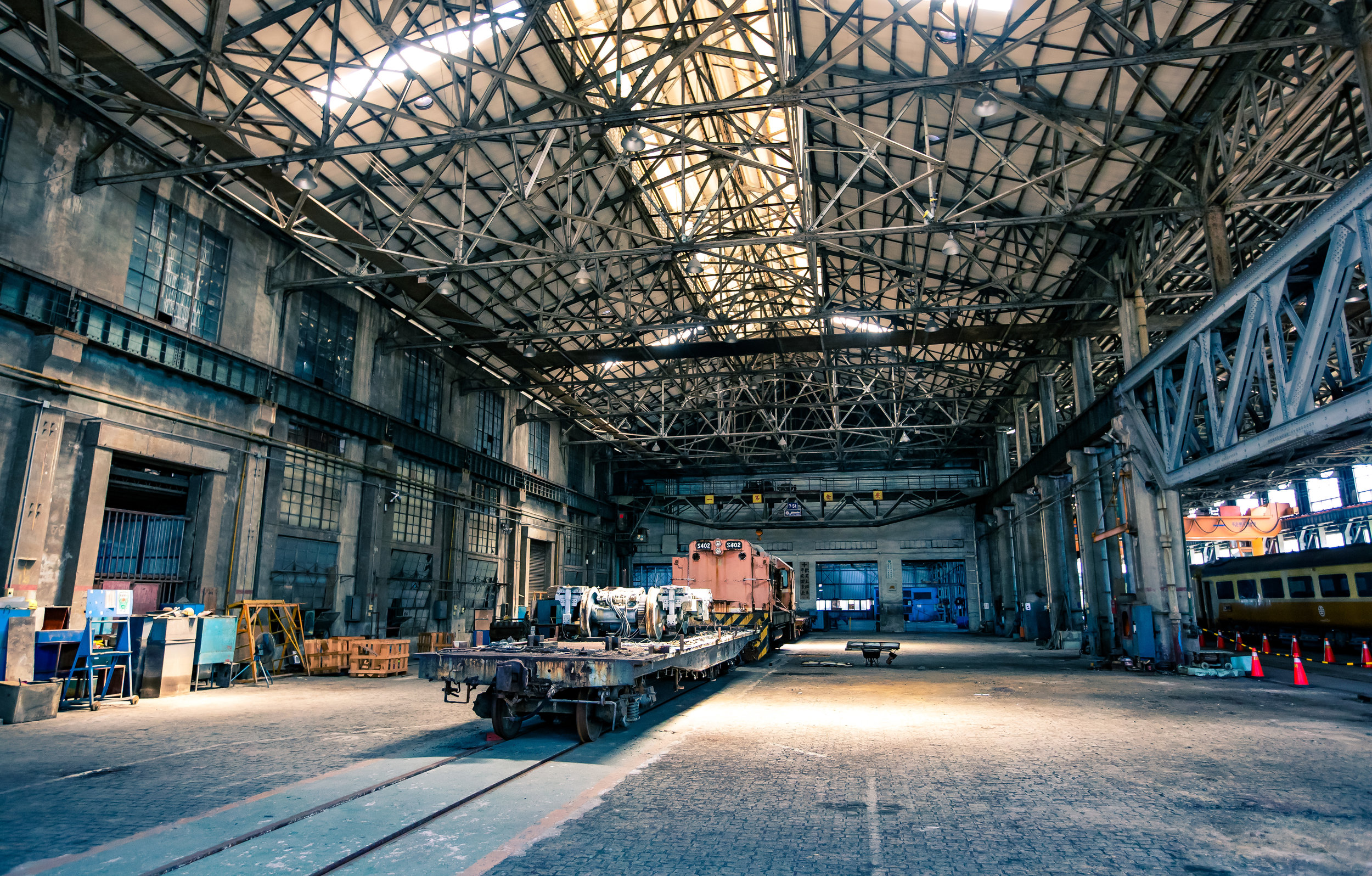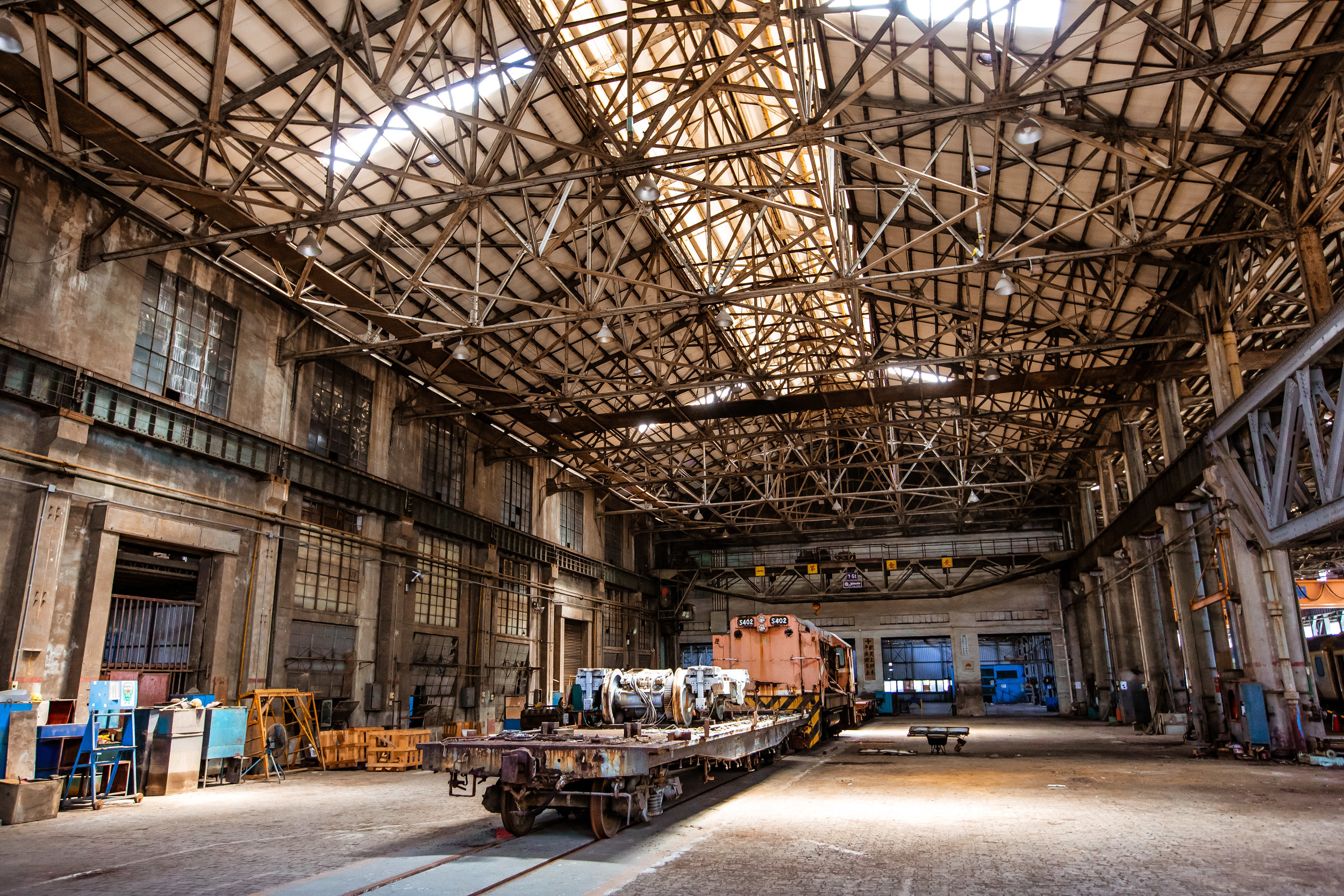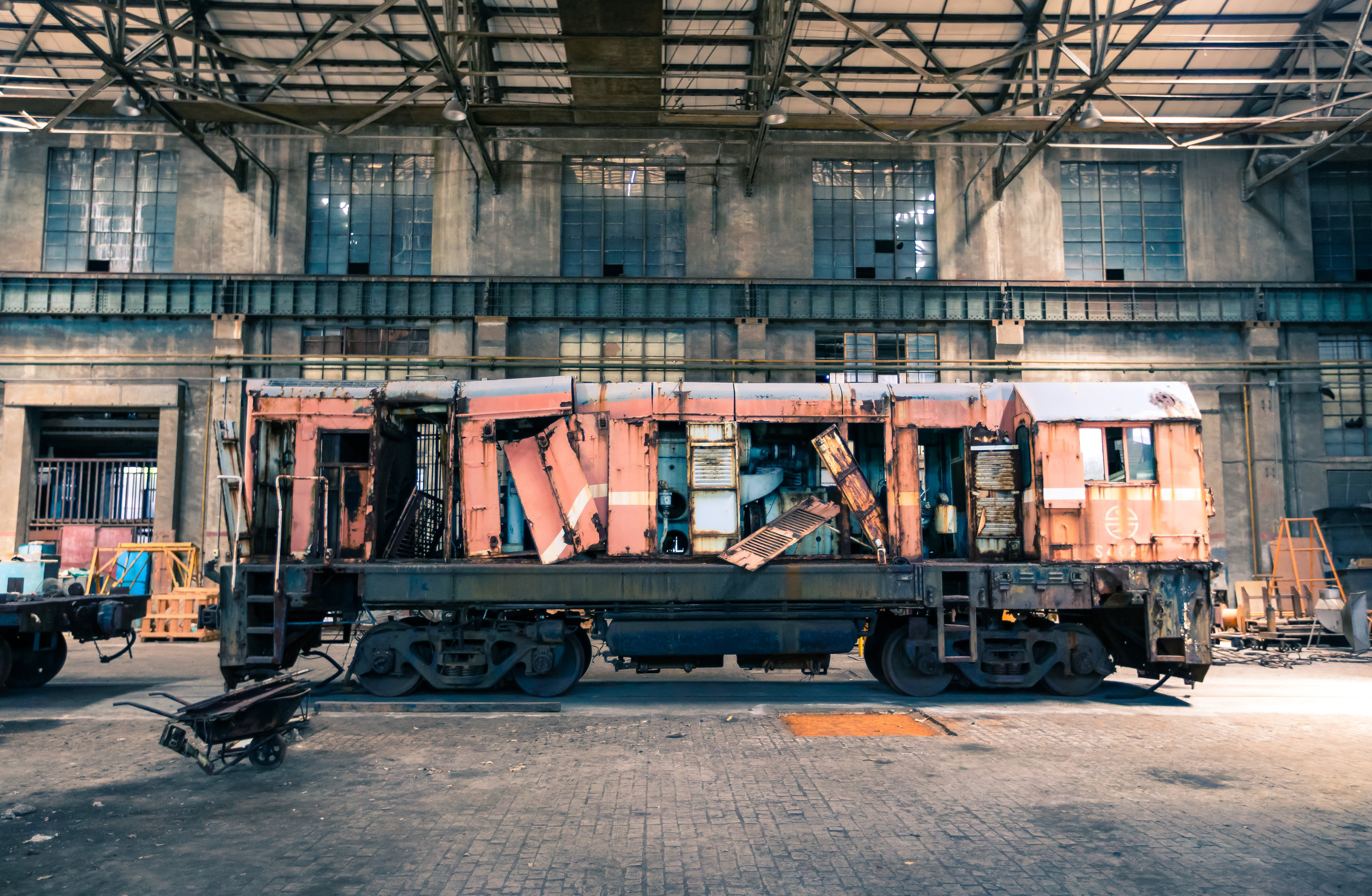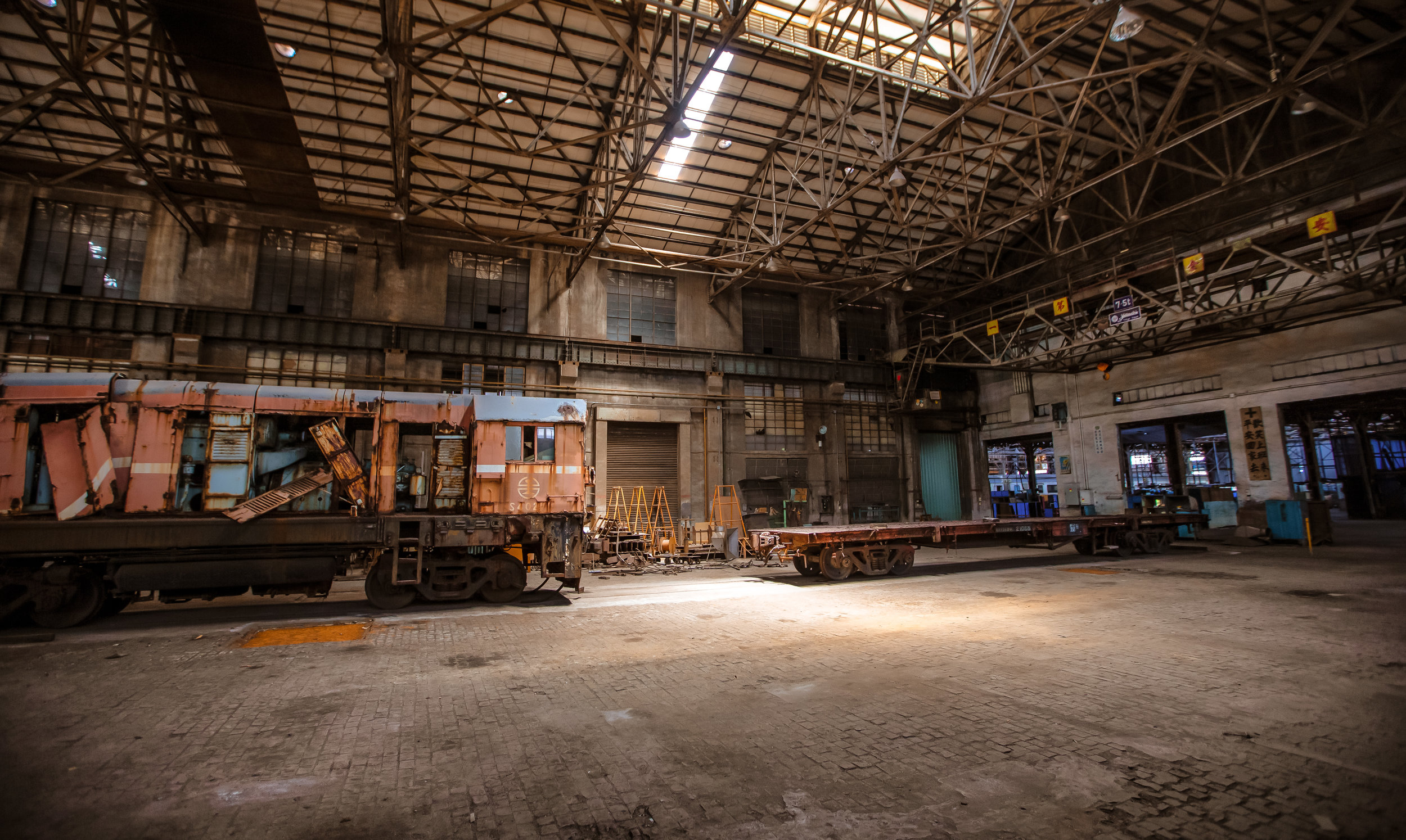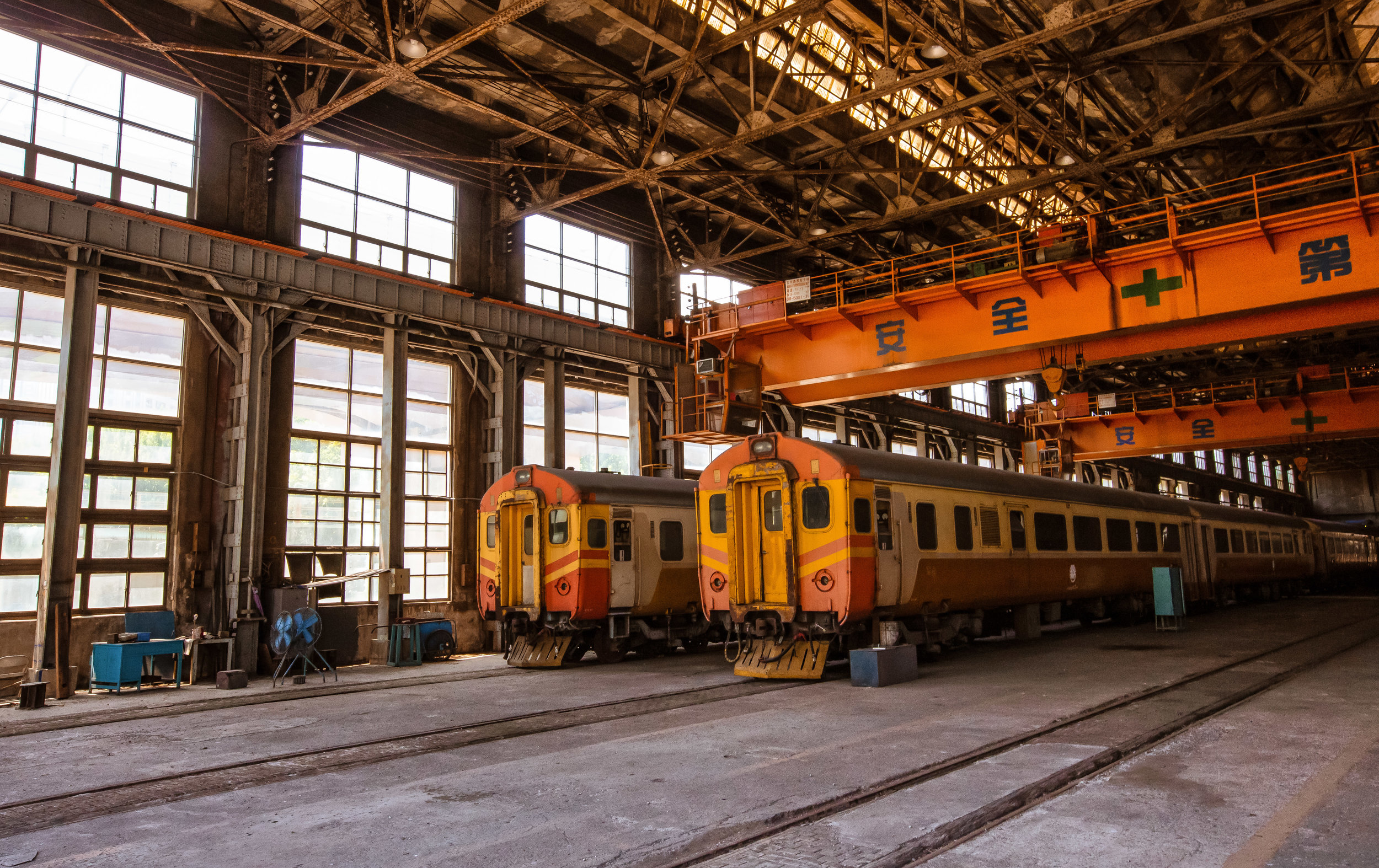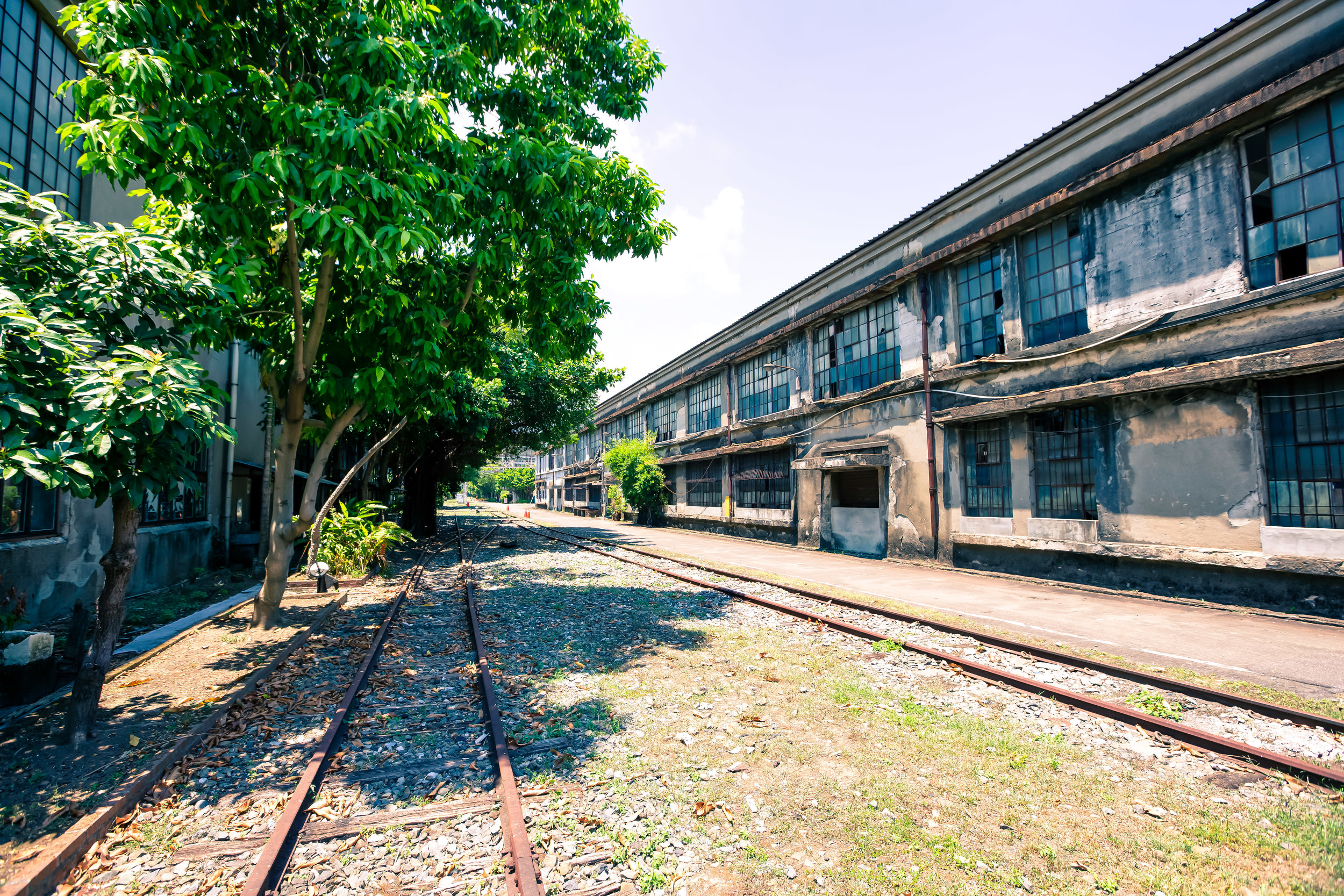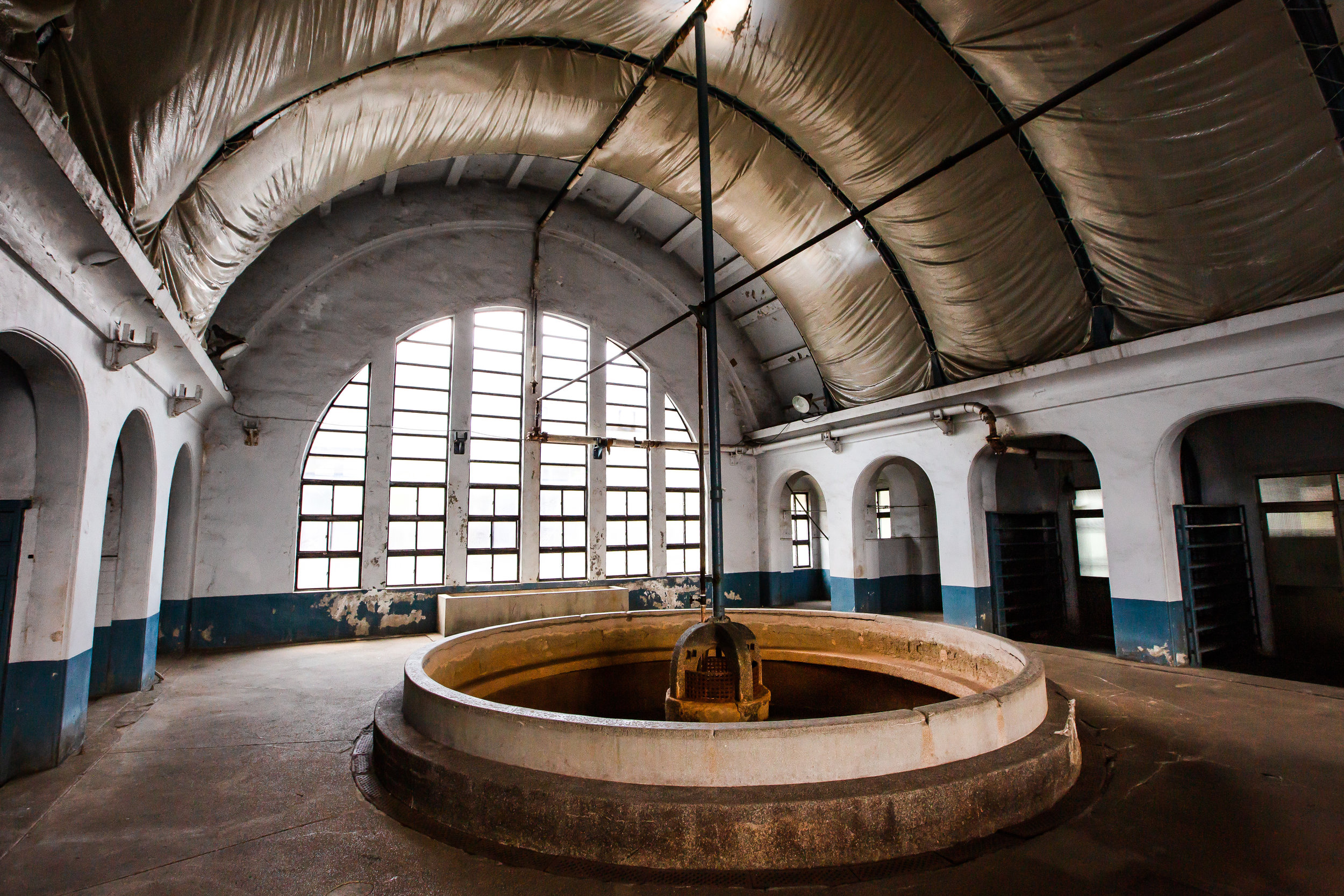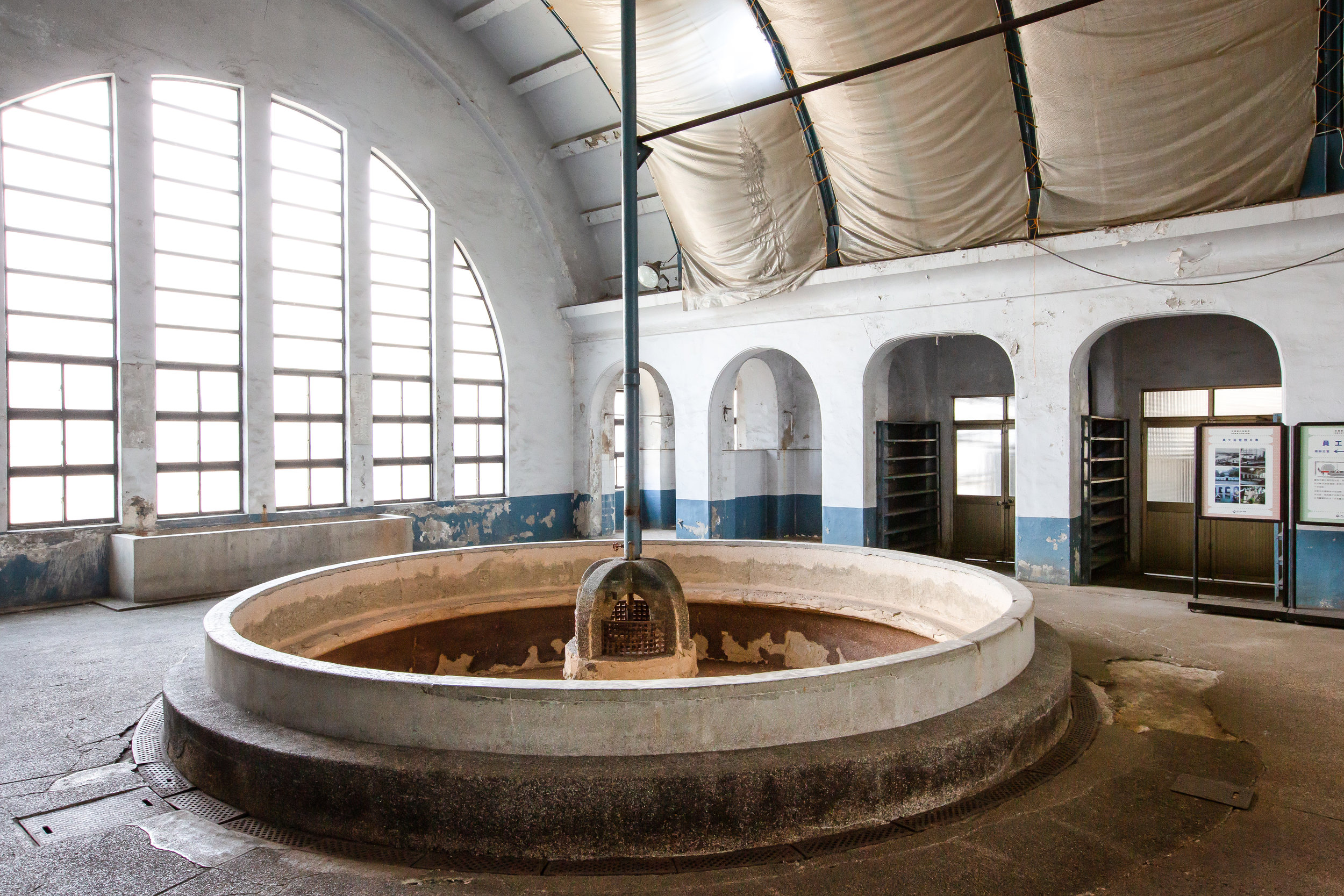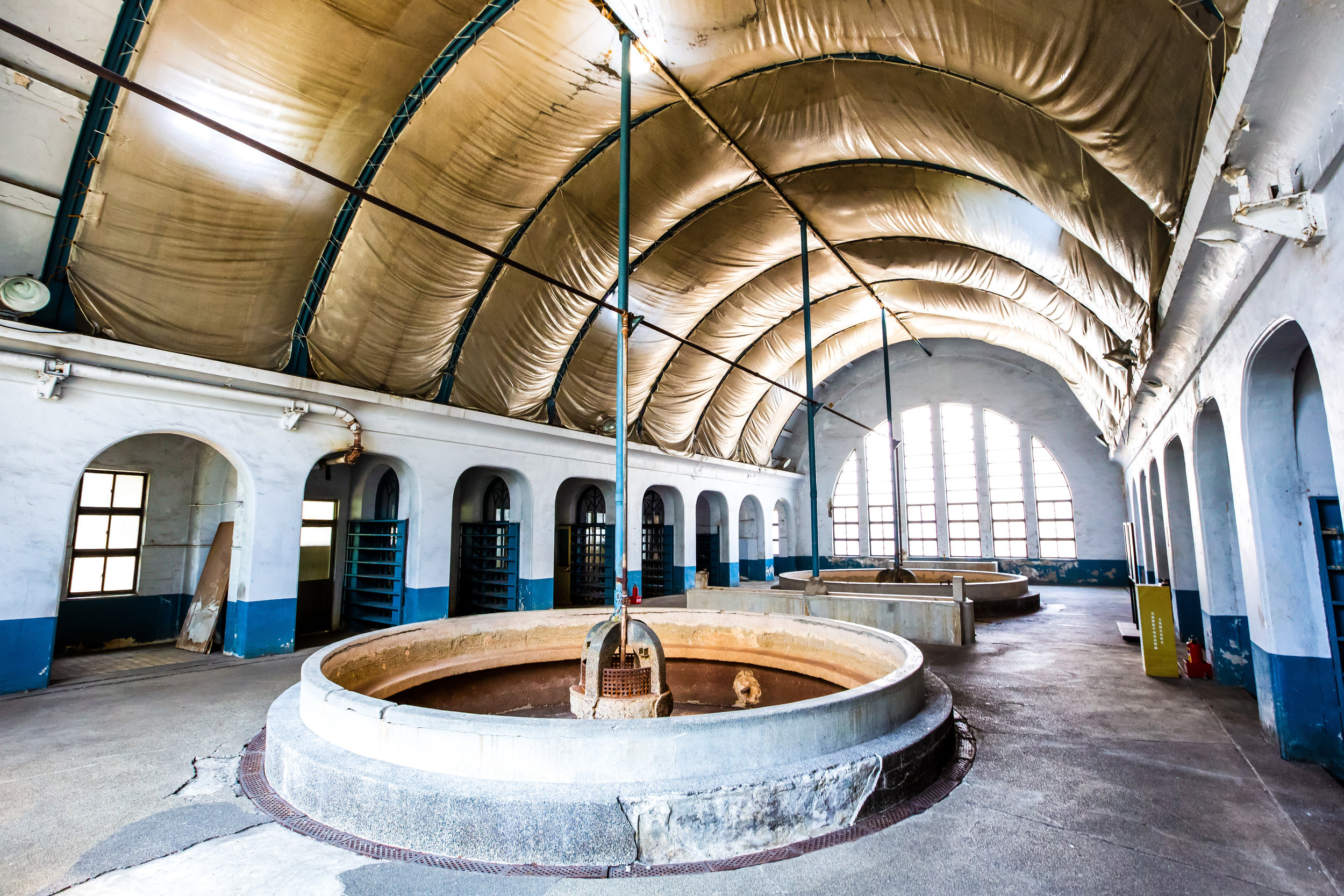For a lot of children, trains are an exciting and mysterious sight to behold - I was no different.
One of the best things about visiting my grandparents house when I was young was being able to watch the trains pass by at the large train yard behind their home.
Taking trains in Canada however tends to be a rare experience and (at least where I come from) is not a very popular or convenient method of travel. In fact, in the two decades that I lived in Canada, I only took the train once.
Here in Taiwan it is a completely different situation - The rail networks are not only a popular and convenient method of transportation but were also instrumental in Taiwan’s modern development.
Today Taiwan has over 1691.8 km of railway networks with a ridership surpassing well over a billion passengers a year. In addition to the railway network there is also an elevated High Speed Rail network as well as underground subway systems in Taipei and Kaohsiung with future networks planned for Taoyuan, Hsinchu and Tainan.
With the many different options available for transportation today, the railway has experienced slight declines in ridership over the past few years. The railway however holds a special cultural connection with the people of Taiwan - especially with the older generation who have fond memories growing up when the train was the primary means of transportation.
In recent years locally produced movies, television shows and commercials have highlighted that romantic connection with touching stories of people leaving the countryside for the city, for school or their compulsory military service.
Seeing a family member or a loved one off or having a reunion at the train station became a rite of passage for many in Taiwan and stories that highlight these kinds of memories brings out a bit of nostalgia in everyone.
The railway in Taiwan dates back to 1893 when the first iteration of the railroad was constructed between Keelung and Hsinchu. A few short years later, after the Japanese took control of Taiwan, work began on the construction of a modern rail network that would connect people from all over the island to an efficient mode of public transportation.
The colonial government of course was not entirely altruistic when it came to the construction of the railway network - To the Japanese, the railway was an instrumental tool in boosting Taiwan’s economy as well as allowing for important commodities such as coal, sugar, timber and gravel to be easily transported to ports and shipped off to Japan.
Consequently once the the rail network was completed and the economy was stabilized, urbanization and development soon followed. Many of Taiwan’s cities started to take form with the train station more often than not being the heartbeat of the modern Taiwanese city.
The importance of the railway in Taiwan’s modern history cannot be understated - Many factors contributed to what would become Taiwan’s economic miracle, but the existence of a fully functional railway system was instrumental in Taiwan’s path to becoming the developed country that it is today.
The Taipei Railway Workshop
One of the great things about writing a blog is that every time I write a new one I spend a considerable amount of time learning new things - One of the things I learned while researching for this one was that before the railway, people in Taiwan didn’t really have much of a concept of time or punctuality.
In the early days of the railway, missing your train meant that you’d likely have to wait a few hours for the next one - This forced the Taiwanese people to become much more aware of the time and in a few short years transformed the island into a place where punctuality and efficiency are paramount.
To ensure that the trains remained punctual, the colonial government constructed large maintenance depots in Taipei (台北機廠), Kaohsiung (高雄機廠) and Hualien (花蓮機廠) where the trains could be routinely cleaned, serviced and repaired.
The three depots were constructed in strategic locations around the country which allowed the network to be divided up into geographic service areas separating north, south and eastern Taiwan - something that continues to this day.
The Taipei Railway Workshop was constructed in an area that was (at the time) on the outskirts of the city situated between Taipei Main Station (台北車站) and Songshan Train Station (松山車站). Today though it sits in the middle of one of the busiest commercial areas of the city.
The seventeen-hectare site was initially constructed in 1899 but was later expanded upon, modernized and reopened in 1935 coinciding with the celebrations of the 40th anniversary of the Colonial Era.
The newly re-opened depot was a large complex consisting of several large workshops and departments where engines and carriages were constructed and maintained in addition to offices, dormitories and even a large Roman-style bathhouse.
I won’t go into detail about every building on-site but I think its important to at least highlight a few of the most important areas:
The largest single building is the Steam-Locomotive (later converted into an electric locomotive) Workshop (電力場區). It is 167 meters in length with a ceiling height of 20 meters. Considered to be the most important building on site, this is where steam locomotives were taken apart, repaired and re-assembled. The interior of the building is massive and was designed in a way that allows for beautiful natural light to constantly illuminate the building during the day.
The adjacent Diesel-Electric Workshop (柴電場區) was almost as large and constructed in a similar fashion with beautiful glass windows on either side allowing for beautiful natural light. The building was where locomotives with diesel engines would be repaired and maintained.
The third largest area of the workshop is the Vehicles Workshop Area (車輛場區) which was responsible for the maintenance and construction of passenger and freight cars. The interior of the building consisted of several sections where various tasks were completed and parts were manufactured.
If you’d like more in-depth information about each of the buildings that make up the workshop, I suggest checking out the Taipei Railway Workshop website which has dedicated pages to each section of the workshop.
Link: The Industrial Heritage Cluster along Taipei City Capital Rail - Taipei Railway Workshop
The Second World War came to an end when the Japanese were forced to surrender to the allies on August 15th, 1945. One of the requirements of their surrender was that they relinquish all of the territory they had conquered prior to and during the war.
In a controversial move that has had long-lasting reprocussions, it was decided that control over Taiwan and the Peng Hu islands (also known as the Pescadores) would be “returned” to the Republic of China (中華民國) - Which ironically didn’t even exist before the Japanese takeover nor did it ever actually have any sovereign control over Taiwan.
Japanese control of Taiwan was ceded to ROC forces on October 25th 1945 on what has become (somewhat notoriously) known as “Retrocession Day” (臺灣光復節).
When the Japanese left Taiwan, they did the incoming regime a huge favour by more or less handing over the keys to the infrastructure that they had spent the last half century developing.
Years of allied bombing however left areas of the railroad as well as parts of the workshop were heavily damaged. The income regime made it a priority to repair the railway as soon as possible as its control would help to ensure their own control over the island.
In 1948, the Taiwan Railway Administration (臺灣鐵路管理局) was established as a state-run enterprise and ownership over the workshop fell under its control - which is where it has stayed for the last sixty years.
In the six decades since the ROC takeover of Taiwan, the Taipei Workshop has been expanded upon several times and modifications were made reflecting the changes of modern railway technology.
The site also helped with the transition of Taipei’s above-ground railroad into an underground network.
In 2012, after over eighty years of operation, work at the Taipei Railway Workshop ended and production was shifted to the newly constructed Fugang Vehicle Depot (臺鐵富岡車輛基地) in Taoyuan.
The impending closure of the workshop brought with it a considerable amount of public discourse as to what the future would hold for the historic site.
Coincidentally when the workshop closed, the Songshan Tobacco Factory (松山煙廠) had already been restored and converted into the Songshan Cultural and Creative Park (松山文創園區).
But when it came to the Railway Workshop it can’t be understated that Taipei’s overzealous developers were salivating at the possibility of such a large plot of land suddenly opening up for development in Taipei’s posh Xinyi District (信義區).
To prevent this from happening, local civic groups quickly mobilized and put pressure on the government to come up with a plan to preserve the workshop for the enjoyment of future generations.
In 2011, a year before the workshop was to close, a group of legislators and Taipei City councillors visited the site to discuss its preservation. The consensus was that the workshop should be converted into a railway museum and be opened to the public.
The problem however was that conditions at the workshop were much different than the Tobacco Factory and it opening it up for public use would require a lot more in terms of resources.
A final decision on the matter came in 2013 when the Taipei City Government designated the site as a municipal monument and later in 2015 as a National Historic Site.
Ownership of the workshop was then transferred to the Ministry of Culture (文化部) and after a period of restoration was reopened to the public for tours on July 19th, 2017.
Today the site is opened to public visitation on a limited basis (as restoration and reparation projects are still taking place) and in the future is sure to become a popular tourist attraction.
Especially for young children who will now be able to learn about history and see the trains up-close.
Touring the Workshop
As it stands now, if you’d like to visit the Taipei Railway Workshop you are going to have to go through an online application process to reserve a spot on one of the four weekly tours offered to the public.
It isn’t as difficult as it sounds but you’ll have to plan your visit well in advance to ensure a spot.
If you show up without going through the application process, the guards at the gate won’t let you in.
Spaces are reserved on a monthly basis and fill up quickly, so if you’d like to visit, it’d be a good idea to keep track of the dates and spaces available on the site.
Its also important to remember that the tours are currently only available on Wednesdays and Saturdays, with the latter being much more difficult to reserve.
Link: Application Site
Admission is free, but you’ll need to bring an ID card to gain access.
For locals, your government issued ID card is acceptable.
For foreigners, either your passport or your Alien Resident Card is required.
The tour is a little over an hour long and when you enter the meeting area the attendants will request your ID, which you will exchange for an audio-guide system that will allow you to listen to the tour guide more clearly.
Before heading out, each participant will also be given a hard hat that you are required to wear at all times due to safety concerns.
The tour is both interesting and informative and guests are given the opportunity to look around the ‘designated areas’ and take photos while the tour guide gives their speech.
Personally, I enjoyed the usage of the headsets which allowed people in the group to look around on their own while the guide introduced each section of the workshop.
I did however find the tour to be unfortunately limiting.
The tour guide is always accompanied by a couple of attendants as well as a security guard.
No matter where any of the participants went there was always someone reminding us to stay close, keep up with the group and not to stray away from designated safe spaces.
Personally, I would have loved a bit more freedom to explore - The possibilities for a photographer interested in urban exploration in a place like this are almost endless.
I could have spent days exploring the workshop enjoying all of the small historic details.
Alas, I had to make do with what was permitted.
Something that you will also have to take into consideration is that the tour is currently only available in Chinese. They have English-language material available but the tour guide will only speak in Chinese.
If you don’t speak the language you are of course still invited to join the tour, you’re just going to miss out on some of the important information offered by the experienced guides.
Taking into consideration that the workshop is still under repair and the tour is currently in its initial stages there are obviously going to be areas where they are looking to improve and they welcome suggestions to make the experience a much better one.
Offering English-language tours as well, opening up more buildings and giving more frequent tours is part of their larger plan and the future looks bright for this historic part of Taipei!
Getting There
Getting to the Taipei Railway Workshop is quite easy - You can either walk a short distance from Taipei MRT’s Nanjing Sanmin Station (南京三民站) to the main entrance or take a bit of a longer walk from either Taipei City Hall Station (市政府站) or Sun Yat Sen Memorial Hall Station (國父今年堂站) from the rear.
You may also want to consider taking Taipei City Bus #669 and getting off at the LivingMall (京華城). The workshop is across the street from the main entrance.
If you are driving a car just input “Taipei Railway Workshop” or “台北機廠“ into your GPS or Google Maps and you’ll find it. You’ll then spend three hours looking for a parking spot!
Address: No. 50, Section 5, Civic Blvd, Xinyi District, Taipei City (台北市信義區市民大道五段50號)
Visiting the Taipei Railway Workshop was a fascinating experience and I can only imagine that if you are one of those people who grew up loving trains that this tour would be a dream experience.
The Xinyi District of Taipei is one of the most expensive areas in town so the fact that this large space, could be preserved for the future enjoyment and education of the people of Taiwan is fantastic.
As time passes the tour offered at the workshop will be refined and improved upon and will also become more accessible to foreign tourists. If however you want to be one of the few people who have gained access to this historic site you may want to sign up as soon as possible for a tour!
Gallery / Flickr (High Res Photos)
